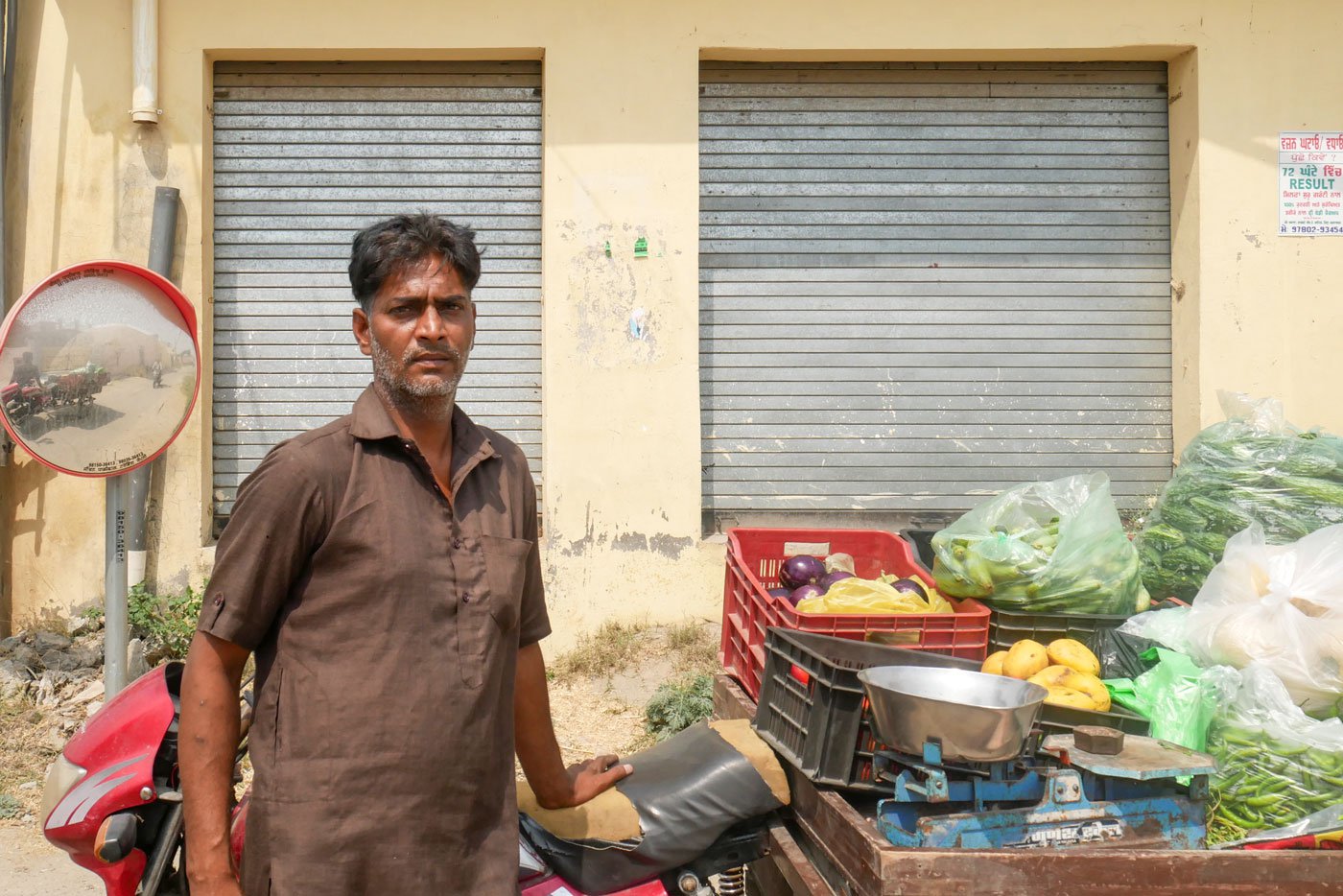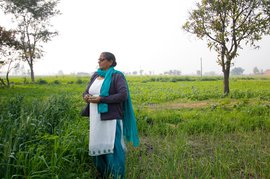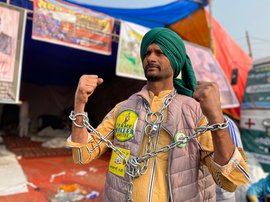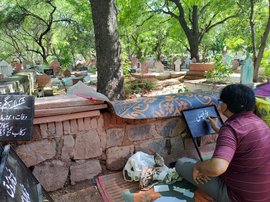Sohan Singh Tita’s never-say-die attitude helps save lives on earth and in water. On the streets of Bhule Chak village and nearby, he is often seen coming from behind a smoke and dust cloud, a god-like apparition riding his motorbike to sell nutritious vegetables. But it is for his diving skills that he’s famous. Sohan often leaps into the irrigation canals near his village in Punjab’s Gurdaspur district to pull people to shore safely.
“Saving people from drowning is not my job. I just do it,” says 42-year-old Sohan, who has been doing it since the last 20 years. “You think, ‘water is life’. I have seen one thousand times when it was actually death,” Sohan says, highlighting the count of dead bodies he has fished out over the years.
Both in Gurdaspur and its neighbouring district of Pathankot, Sohan is one of the first to be called to rescue someone who fell into a canal, or to bring out a dead body. Without waiting to know if the person got there by accident or to die by suicide, says Sohan, “I enter the water as soon as I get to know someone has fallen in. I want to find the person alive.” But if he finds them dead, “I want the relatives to see their face for one last time,” he says calmly, the grief of a thousand lives lost filling his statement.
Sohan fishes out at least 2-3 dead bodies from the canals every month. He makes sense of his experiences by philosophising. “Life is like a tornado,” he tells me. “It’s a cycle that ends and begins in the same minute.”
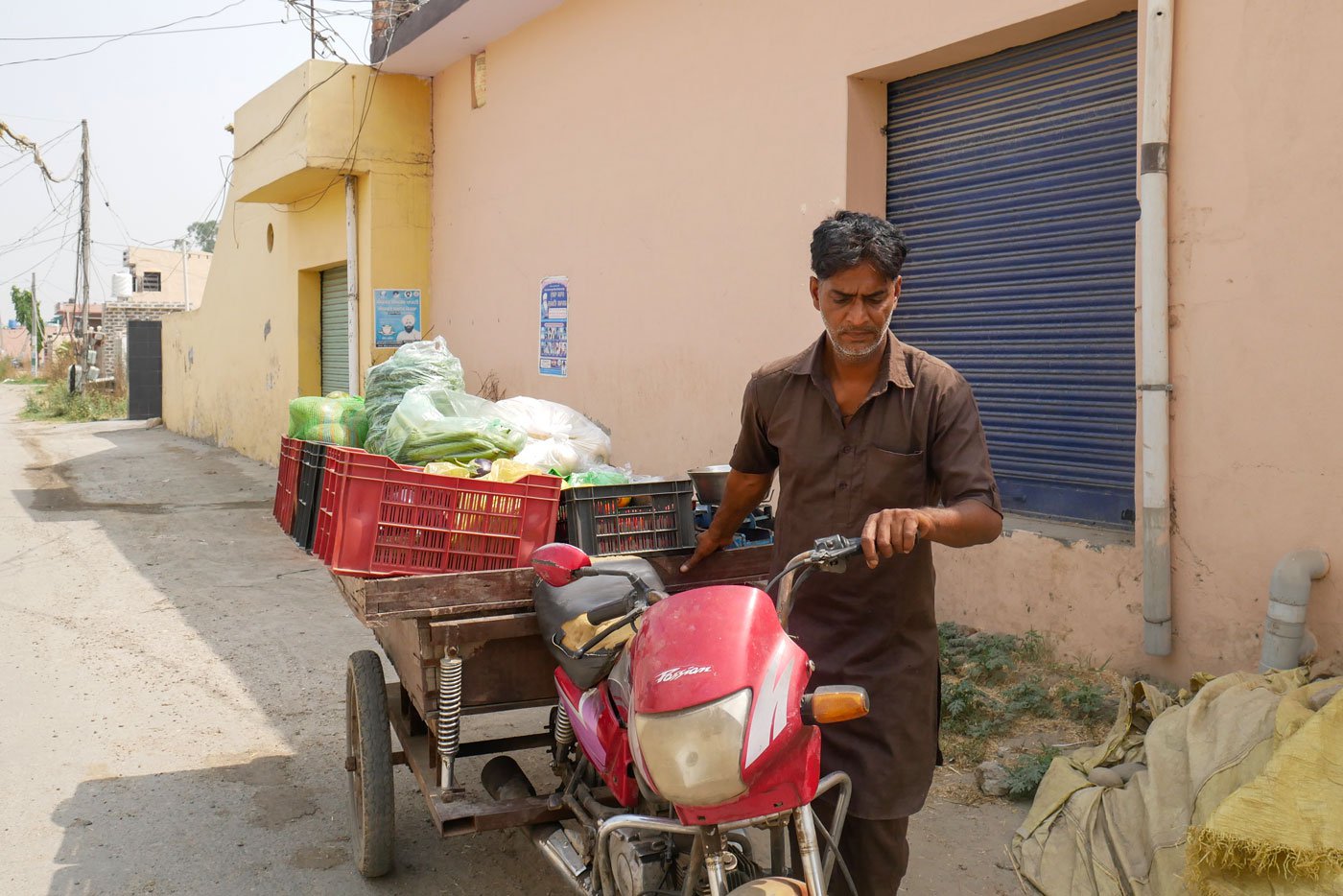
Sohan Singh Tita clamps his vegetable cart to his motorbike, which he rides all over Bhule Chak village and nearby places in Gurdaspur district
The branch canals near Bhule Chak belong to a network of 247 distributaries of the Upper Bari Doab Canal (UBDC) that carries the waters of Ravi river to several districts of Punjab, including Gurdaspur and Pathankot. A historically significant water body, the canal system supplies water to the Bari Doab region, which lies between Ravi and Beas rivers ( ‘doab ’ is a land between two rivers).
The present-day canal has its origins in an earlier version built by Mughal emperor Shah Jahan in the 17th century. It was later extended in Maharaja Ranjit Singh’s reign, and then developed into an irrigation canal in the 19th century by the British Raj. Today, the UBDC passes through districts of the Doab, and can irrigate 5.73 lakh hectares of land.
People of Bhule Chuk call the canal
badi nahr
(‘big canal’). Growing up near this water body, it was natural for Sohan to spend time around the canals. “I would swim with my friends. We were children, and hardly worried how murderous canals and streams could turn out to be,” he says.
It was in 2002 that he first ventured in the canal to look for a body. The village sarpanch had instructed him to find someone who had drowned in the canal. “I found the body and brought it to the bank,” he says. “It was a boy. As I held his corpse in my hands, my relationship with water changed forever. The water felt heavier and so did my heart. That day, I realised that every water body – river, canal, sea, ocean – demands sacrifice. It demands life,” Sohan says. “Don’t you agree?”
People from Batala, Mukerian, Pathankot and Tibri, all within 50 kilometres from his village, reach out to him for his service. If he is called to far-off places, Sohan gets a ride on some two-wheeler. Otherwise he drives his motorbike, with the vegetable cart, to the spot.
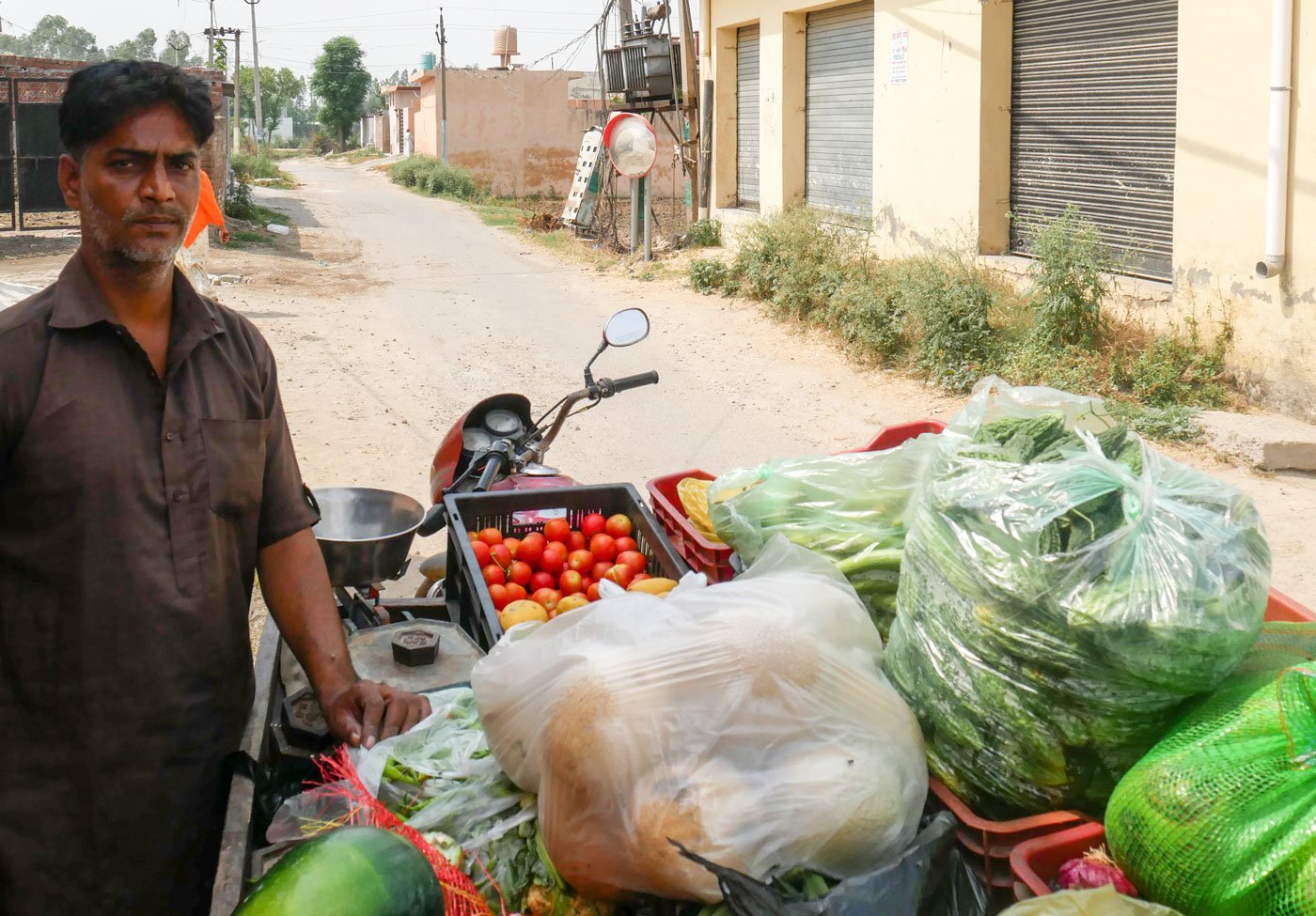
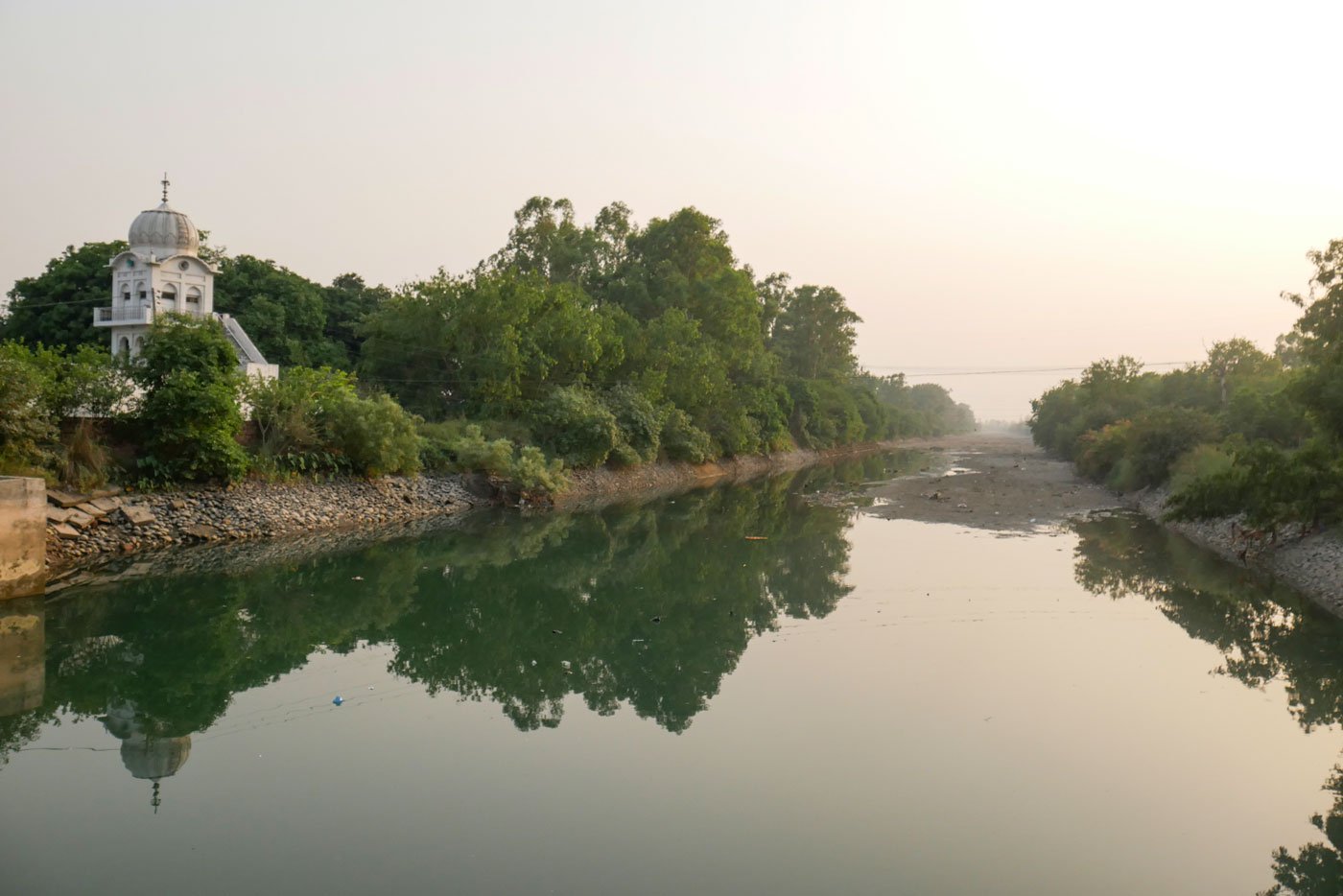
Left: Vending vegetables is the only source of Sohan's income. Right: The Upper Bari Doab Canal at Tibri, about two kilometres from Bhule Chak
Sohan says he is sometimes offered Rs. 5,000-7,000 by relatives of the rescued or dead person. But he does not like to accept the money. The 200-400 rupees he earns in a day selling vegetables is his only income. He doesn’t own any land. He has been a single parent to his 13-year-old daughter ever since his divorce eight years ago, and he looks after his 62-year-old mother too.
At times danger lurks in unexpected quarters, says Sohan. He remembers an incident three years ago, when seeing a woman jump into the canal at Tibri (about two kilometres from Bhule Chak), he had dived in immediately. “She was in her 40s. She would not let me rescue her. She held me and started pulling me down,” Sohan says. In those 15-20 minutes of struggle to save a life, he held her by the hair and pulled her out. “By then, she had fainted.”
Sohan’s expertise lies in his ability to hold his breath for a long duration deep in water. “In my 20s, I could hold my breath for over four minutes inside water. Now it has come down to three minutes.” But he does not use an oxygen cylinder. “Where do I find it? That too, in an emergency,” he asks.
Assistant Sub-Inspector Rajinder Kumar, in charge of the District Crime Record Bureau, says that in 2020 the police sought the help of divers to recover four dead bodies from the Upper Bari Doab Canal in Gurdaspur. In 2021, the divers had pulled out five for them. In these instances, a case was registered under Section 174 of the Code of Criminal Procedure (CrPC). It allowed the police to investigate whether the death was caused by suicide or murder, or if it was accidental, or if there were suspicious circumstances.
“People jump into rivers and canals to die by suicide,” says the sub-inspector. “Many times, they go to take a bath not knowing how to swim and lose their lives. Sometimes, they slip and drown. We have no record of anyone murdered by drowning in the recent past,” adds Rajinder Kumar.
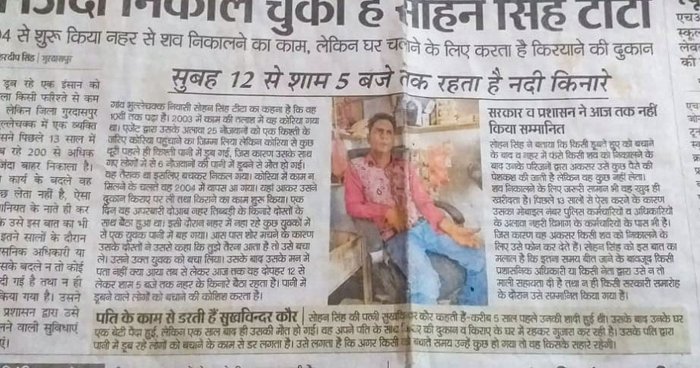
A newspaper profile of Sohan Singh Tita in Hindi. Despite his work being known, he says, the government has not provided the divers any support so far
In 2020, the police sought the help of divers to recover four dead bodies from the Upper Bari Doab Canal in Gurdaspur
Sohan explains that most of the deaths in these canals occur in summer. “The villagers go into the water to get away from scorching heat, and accidentally drown,” he says. “Bodies tend to float, and it is difficult to find them in the canal. So I have to keep looking in different locations following the course of water. It is a risky job, where I put my life in danger.”
Despite the risks, Sohan has continued doing this work. “I have never failed to find a [dead] body whenever I have dived to look for it. I hope that the government offers a job to those who rescue people from the waters. It would help people like me get support,” he says.
“There are over a dozen divers in my village,” adds Sohan, who belongs to the Labana Sikh community, listed as an Other Backward Class in Punjab. “The government does not see this as work, forget a paid one,” he says, angrily.
At least four to five divers accompany Sohan when it gets difficult to trace a body. Gagandeep Singh, 23, is one of them. He is from the Labana Sikh community too. He joined Sohan in 2019 to fish out a body. “I was scared when I first entered the water to find a body. I recited
waheguru
[a prayer] to overcome my fears,” he recalls.
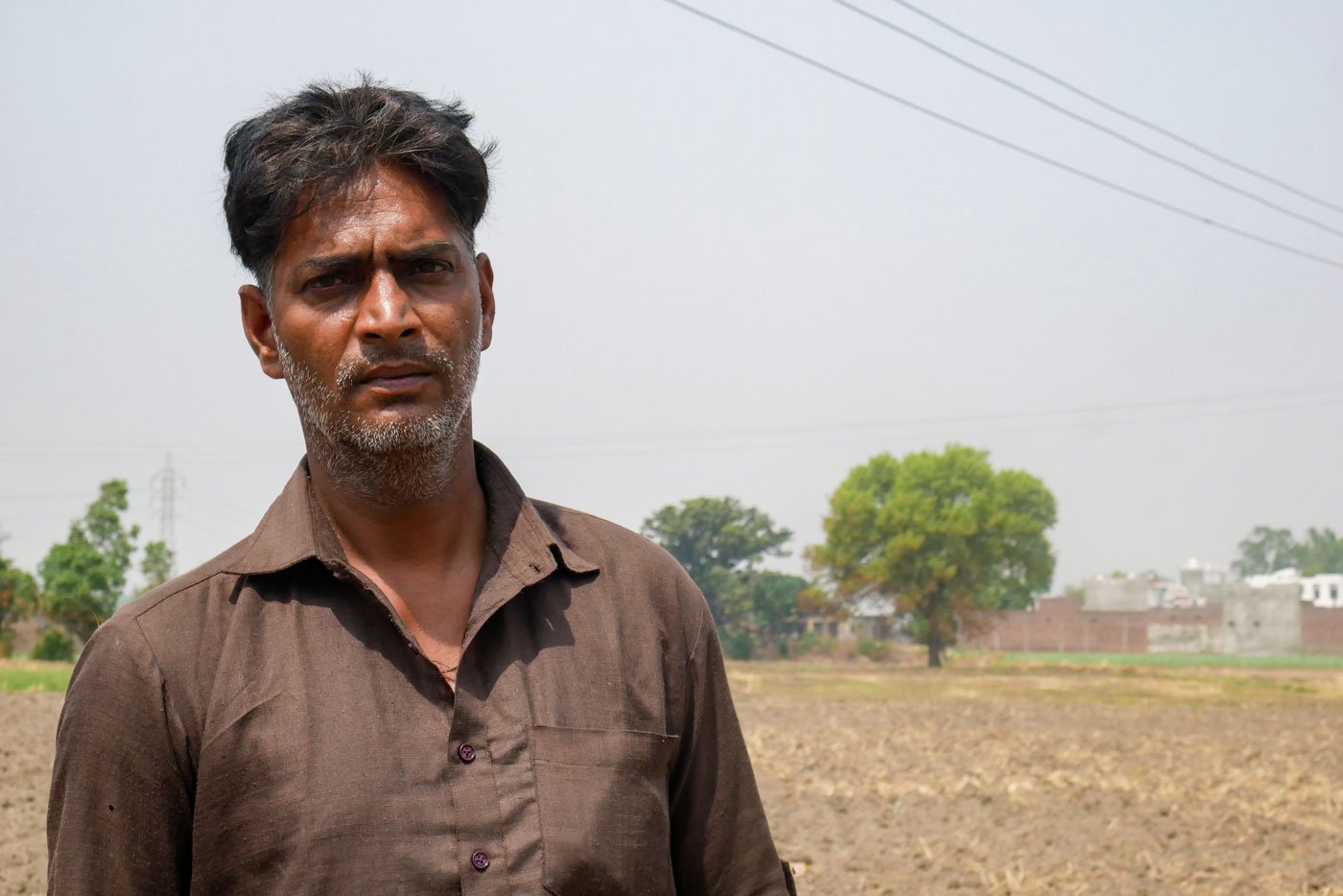
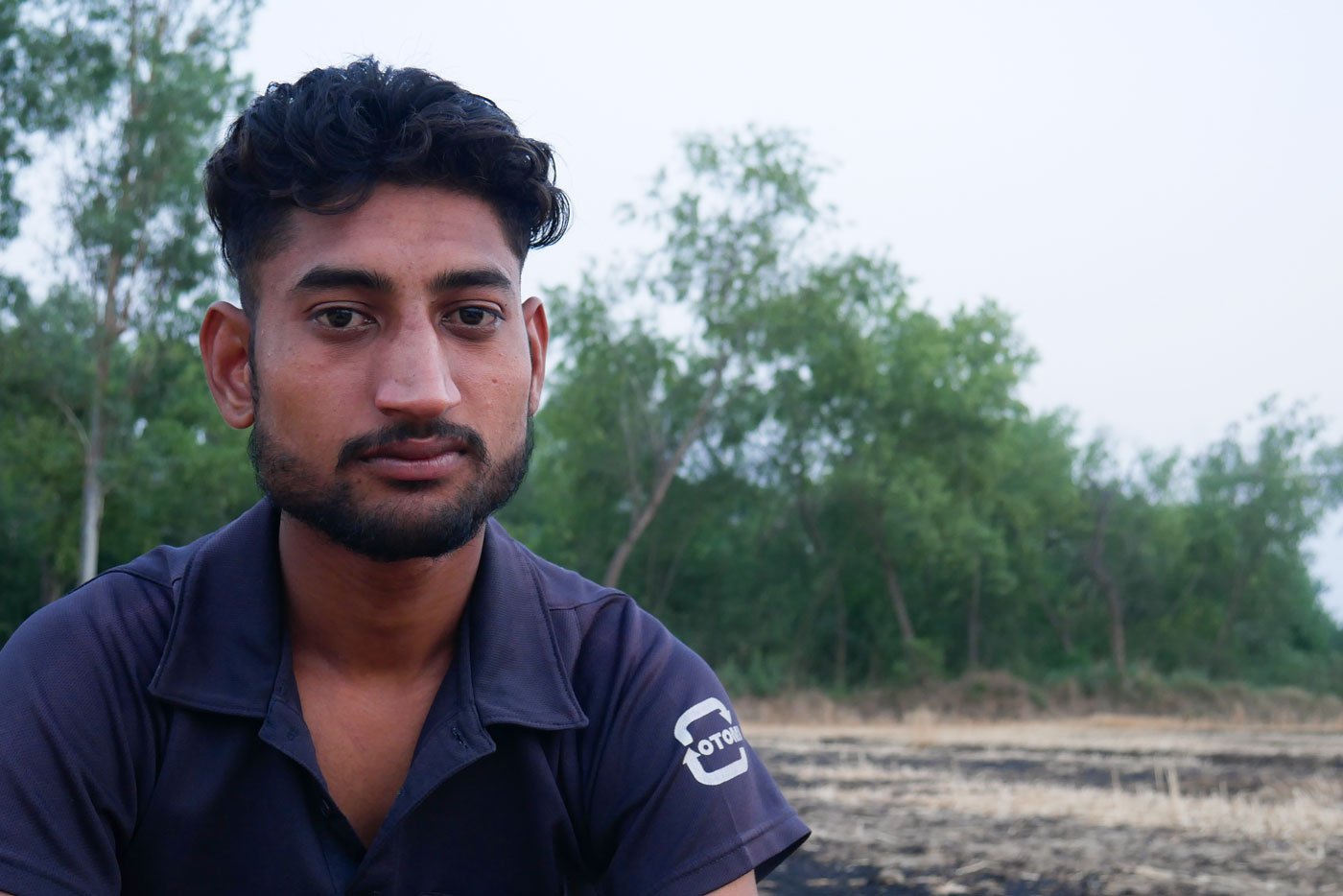
Left: Sohan has been diving in canals in Gurdaspur and Pathankot since the last 20 years. Right: Gagandeep Singh started by helping Sohan in 2019
The task of recovering a 10-year-old boy’s body deeply scarred him. “He was from Ghot Pokhar, a village nearby. He sprung into the water in Gazikot after his mother scolded him for playing Pub-G and slapped him for not studying. He went to the canal and jumped,” says Gagandeep.
He was accompanied by two divers. One of them who had arrived from Dhariwal village, about 20 kilometres from Bhule Chak, had brought an oxygen cylinder. “He gave it to me and I took it into the water. I was there for about two hours. Then, after searching for it all day, we found the body stuck beneath the bridge, bloated…he was a beautiful boy. He is survived by his parents and two sisters,” he says. Gagandeep, who used to play the online game, stopped after this incident. “I have Pub-G on my phone but I do not play it anymore.”
So far, Gagandeep has recovered three dead bodies from the canals. “I do not charge any money for this. Even if they offer, I refuse to take it,” he says. An Army aspirant, he lives in a two-room house with his parents and earns Rs. 6,000 working at a local gas distribution agency, delivering cylinders to people’s homes. The family owns an acre of land, where they grow wheat and grass, and raise a few goats. His father, in his 60s, owns an auto-rickshaw, which Gagandeep also drives at times.
In the canals, the divers struggle to wade through heaps of garbage strewn there, and end up spending long hours looking for bodies.
The police had once called Gagandeep, in 2020, to retrieve the body of a 19-year-old boy who had drowned while trying to cross the canal in Dhariwal village. “I reached there a couple of hours after his body sank,” he recalls. “I started searching for it at 10 in the morning, but could not find it until 4 in the evening.” Gagandeep had to tie a rope from one end of the canal wall to the other, and form a human chain of three people. They dived in at the same time. “The boy’s body was the most difficult to find, as there was a lot of garbage. A huge stone had stopped the body from moving,” he says.
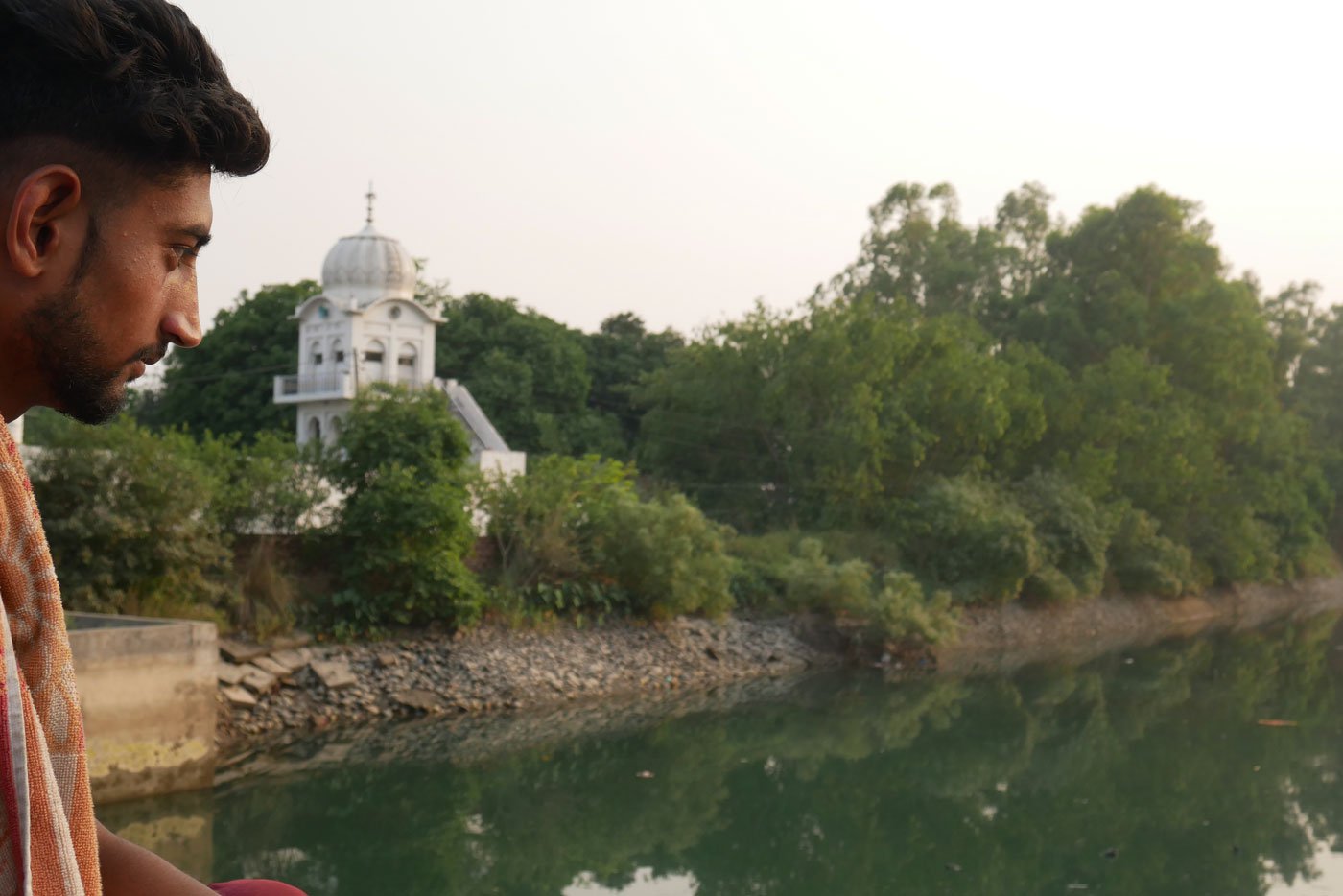
Gagandeep standi on the bridge overlooking the canal at Tibri. ‘Sometimes I ask myself what am I doing...but I don’t think of giving up’
He has learnt the laws of physics through this work. “Dead bodies take at least 72 hours to float to the surface. And they travel in water. If a person jumps into the water at point A, they won’t be found there,” says Gagandeep, recounting his experience retrieving the body of a 16-year-old boy in Tibri canal in 2021. “I searched for the boy where he had jumped, but he could not be found there. Then I put a tube in my nose and connected a pipe to it, so that I wouldn’t lose my breath while in water,” he says.
They were able to spot the dead body only by late evening. “It was at the other end of the canal, about 25 feet deep in water. Both Sohan and I were looking,” he remembers. “Sohan told me we’d come back the next day to pull it out. But the body had disappeared from there when we got there. It had moved to the other bank and settled at the bottom of the canal.” It took the divers about three hours to retrieve it. “We must have dived in and out of water at least 200 times. Sometimes I ask myself what am I doing...but I don’t think of giving up. If it is written in my destiny to do
sewa
[selfless service] of human beings, I cannot undo that,” Gagandeep says.
Sohan, however, sees the complexities of life in water. It is one of the reasons why he keeps going to the Tibri bridge every evening and whenever he has time. “I don’t enjoy swimming anymore. I delete the memory of every [tragic] incident from my heart,” he says. “Every time we bring a body to the surface, we see the person’s relatives die a little. They cry and carry the body with one regret – that this was not the way to die.”
The canal and its waters have an important place in Sohan’s psyche. In 2004, when he got the chance to live and work in Morocco, the Atlantic Ocean and Mediterranean Sea bordering the north African country did not stop him from missing the canal he knew so well. He returned within four years, unable to sustain doing odd jobs. “I remember missing Tibri when I was there. Even now I spend my free time at the canal, just looking at it,” he says before getting back to his day job. With his cart of vegetables clamped to his motorbike, he rides out to meet his customers at the next street corner.
The
reporter would like to thank Sumedha Mittal for her help in covering this story.
If you are suicidal or know some in distress please call the national helpline, Kiran, at 1800-599-0019 (24/7 toll free), or any of these
helplines
near you. For information on mental health professionals and services to reach out, please visit
SPIF’s mental health directory
.
